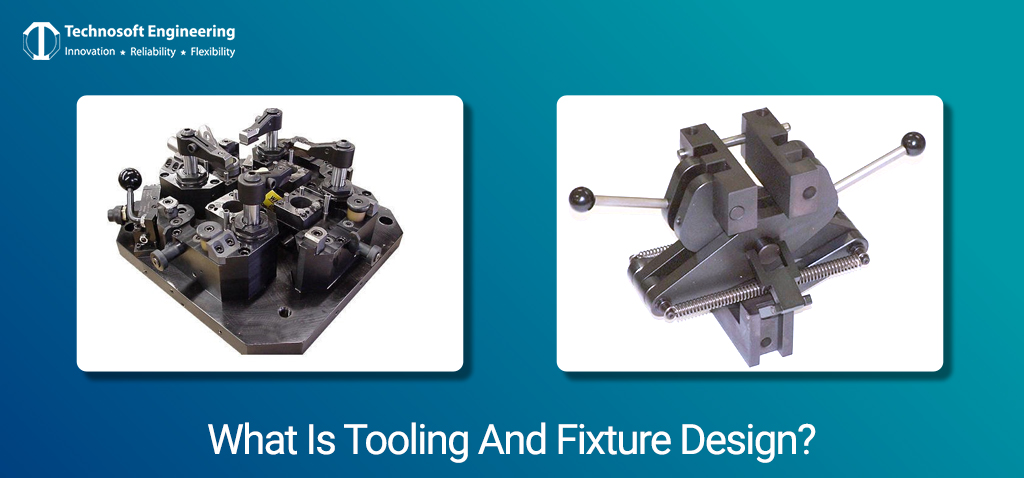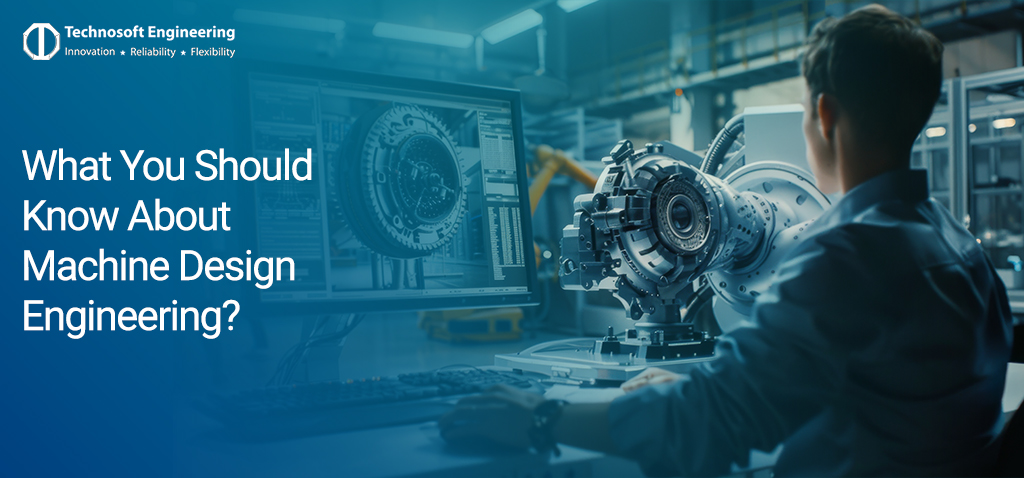
What is Traceability in Inventory Management? What Makes It Important?
Introduction In today’s world, many organizations may have to deal with inventory inaccuracies, which can lead to a decrease or increase in the inventory level. Teams will also have to face quality control issues when the inability to trace products can hinder seeking products with defects. Moreover, the organization’s reputation may be at stake when […]
Read More
OEM vs. ODM – What’s the Difference Between the Two?
Introduction In the manufacturing industry, people often use OEM and ODM abbreviations. These don’t relate to the same concept in the sector, even when people use them interchangeably. OEMs and ODMs play different roles. Read on to understand OEM and ODM’s primary distinctions. Table of Contents Key Takeaways What is a Product Company? Who is […]
Read More
6 Machine Design Engineering Challenges: Part 1
Key takeaways In this article, we will cover reliability and flexibility as machine design engineering challenges. You will also know how Technosoft Engineering can help overcome these challenges. Introduction Whenever machine designers are busy designing a machine, various challenges may arise with the need to balance performance, safety, durability, and cost. But technological advancements can […]
Read More
What OEMs need to know about Value Analysis and Value Engineering (VAVE)?
In the present era, neglecting product value assessment can impact product engineering, weakening the foundation upon which products are developed. If product value is not evaluated properly, then it will fail to meet customer needs. It will also result in wastage of resources and have an impact on profit margins. Moreover, it can tarnish brand […]
Read More
The OEM Product Engineering Guide
Introduction In the business landscape, every original equipment manufacturer (OEM) has a unique set of products. Professionals working at the organization may also follow unique product engineering practices. However, regardless of the industry in which the product is produced, the principles of product engineering continue to be the same. So, if your company is an […]
Read More
What Is Tooling And Fixture Design?
Key Takeaways In this article, you will know more about tooling and fixture design. You will also know more about BMC tooling, drilling fixtures, and machine tooling. Introduction As the manufacturing sector continues to advance, tool and fixture design has certainly been invaluable to companies. These help streamline the production processes with efficient methods for […]
Read More
What You Should Know About Machine Design Engineering?
Key Takeaways In this article, you will know more about machine design engineering and the steps followed during the process. Introduction In the dynamic business world, machine design engineering will enable organizations to develop solutions according to their customers’ needs. Well-designed machines will surely boost productivity and efficiency while reducing the impact on the […]
Read More
How Engineering Product Development Can Help Your Business Thrive?
In today’s competitive market, engineering new product development is important for all types of businesses. When organizations invest in product development, they can present innovative solutions and set themselves apart from the rest. Furthermore, organizations can stay ahead of customers’ preferences with improvements. Creativity and expertise will help businesses unleash new opportunities for growth and […]
Read More
What Is The Meaning Of Finite State Machines (FSM)? How FSM Works With Examples
In the modern era, Finite State Machines (FSMs) are soon going to be foundational models in the field of engineering and computer science. The machines will also play a role in enhancing the functionality and efficiency of several systems. Companies will also think about setting up these machines for industrial automation when the team is […]
Read More
What Is The Product Development Process Of Mechanical Engineering?
When your company needs to transform ideas into products, the team has to rely on a product development process. While this process offers a framework to lead teams through different stages, it also fosters innovation, ensuring that the product is designed as per industry standards. Once organizations start following a systematic approach, they can optimize […]
Read More
From Concept to Creation – The Power of CAD in Elevating Engineering Efficiency and Innovation
Computer-Aided Design (CAD) certainly drives innovation and efficiency in dynamically evolving engineering. The technology still continues to conceptualize, design, and refine products with the use of various tools. The approach has not only enhanced the pace of project execution but has also enhanced precision in designs. By unlocking customization, CAD has now supported engineers to […]
Read More
Edge Computing with IoT – Transforming Business Intelligence
As the technological landscape advances, organizations have observed the proliferation of connectivity solutions. However, edge computing with IoT has been transforming businesses across different sectors. The paradigm has not only accelerated data processing speeds but also helped in analyzing data effectively. Due to this, organizations are able to move ahead with smooth operations and better […]
Read More
